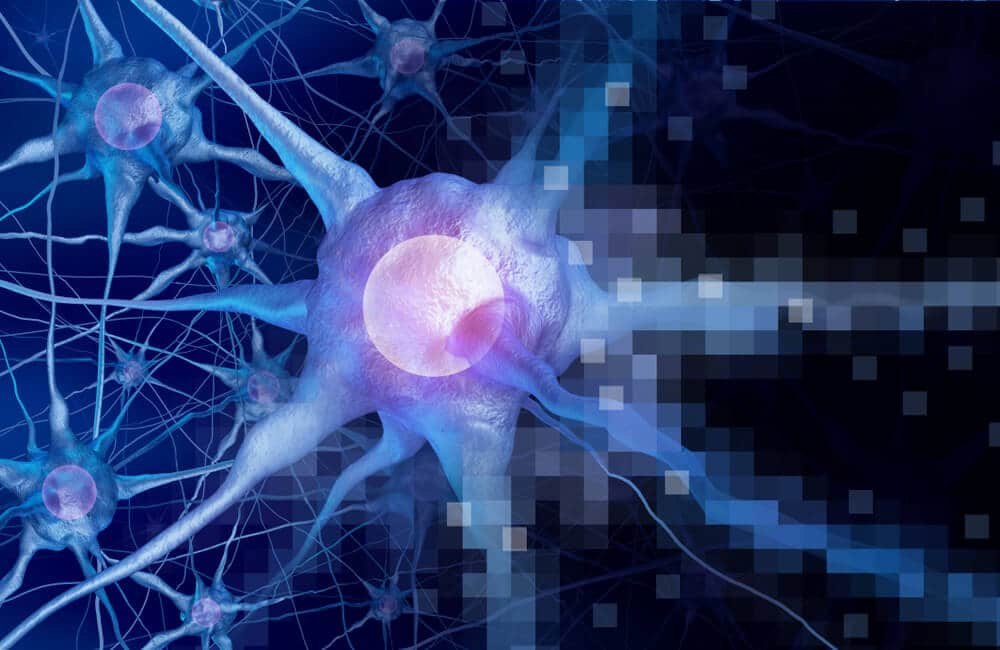Despite the fact that every year breakthroughs are made in science, it still cannot defeat death. Where medicine is powerless, technology comes into play. “High-tech” talks about one of them – a hypothetical loading of consciousness.
Imagine that the human brain can be scanned and recreated in detail using computer simulations. Mind, memories, emotions, everything that makes up a person – his consciousness – will not disappear with the death of the body. When this happens, there will simultaneously be a new, but identical to the old, digital version of man. This futuristic concept is called mind upload or transfer.
How does mind upload work?
Consciousness upload describes a hypothetical brain scanning and mapping technology that allows a person’s mind, emotions, thought process, experiences, and everything that makes him unique, to be transferred to another artificially created body. In this case, the initial transfer of the memory of consciousness to some other computing device (for example, a computer) is required. The process itself consists of several stages.
• Receiving information from the brain
The human brain regularly performs complex processes with 86 billion neurons that function simultaneously in a large network. And the complexity doesn’t end there. There are more than 125 trillion synapses in the cerebral cortex alone. This is a lot of information and memory. Scientists believe that a non-invasive brain scan will provide sufficient resolution to copy the brain without removing it from the skull. The information stored in it is used to create a connectome – a complete map of neural connections created by accurately scanning neurons and synapses.
Today a full connectome of the 1.5 mm roundworm Caenorhabditis elegans has been created. It has only 302 neurons and about 7,000 synaptic connections. In 2014, as part of the OpenWorm project, which scanned the brain of a worm, replicated it as software, and installed it in a Lego robot that moved like a worm.
It is obvious that the construction of a human connectome is a much more complicated process. Even in the case of C. elegans, the researchers had to work hard for over 10 years. It’s scary to imagine how much it will take to create a brain connectome with 86 billion neurons. At the same time, it is necessary to determine their exact location, as well as track and catalog their projections onto each other. The creation and interpretation of even a single human connectome is inconceivable using existing technologies.
Also, theoretically, information from the brain can be obtained using the brain-computer interface (BCI). There are already implanted devices that convert certain types of neural information into commands and control external software or hardware, such as a robotic arm. However, modern BCIs are very weakly connected with those that will be required for the transmission of consciousness to the digital environment. Some scientists believe that this will require technology that can scan the human brain at the level of quantum particles.
Wealthy people who want to live forever prefer to preserve the brain, and sometimes the whole body, with cryopreservation. Theoretically, in the future, when the technology of human connectomes is developed and optimized, their consciousness will be able to be extracted and loaded into a “digital body”. The American cryonics company Alcor Life Extension Foundation already stores about 180 cryopreserved remains (in most cases, this is just a head) at a facility in Phoenix, USA. For comparison, there is one company in Russia that is engaged in freezing (cryopreservation) of dead people and animals. However, most experts agree that such freezing methods can damage the brain beyond repair.
• Reconstruction of an artificial brain
After all the neural activity is mapped and the connectome is ready, you can start digitizing it. According to rough estimates, the memory capacity of the human brain can be about 2.5 petabytes (2,500 TB).
In addition to storage, a computer architecture would be required on which the brain could be reconstructed as computable code. The problem is this – today a computer with the same memory and processing power as the human brain requires about 1 gigawatt of energy. “Basically, it’s a whole nuclear power plant that will work to run just one computer that does the same thing as our brains,” explains Tom Barthol, a neuroscientist at the Salk Institute.
New life
When all the requirements are met and the artificial brain is ready, consciousness can be transferred. But where? For example, in the virtual world (metaverse) or in the artificial network of the collective mind. Another transhumanist idea suggests that intelligence can be loaded onto a humanoid robot. Of course, it should be much more functional than any of those that are today.
How real is all this?
Neuroscientist Michael Hendrix of McGill University called mind loading “false hope” in an article for the MIT Technology Review. Scientists still don’t know exactly what technologies can enable them to reproduce the human mind, Hendrix said.
Even after we figure out the technical side of the whole brain emulation, many questions remain. Who will the unloaded robot be? A copy of a person, a replacement? In what legal field will he live? According to one study, depending on philosophical worldviews, religious beliefs, and outlook on science, some people can be more supportive of mind uploading, while others strongly discourage the practice. It seems that the implementation of this sci-fi technology will cause many conflicts related to its ethical and social impact on humanity.
However, there is more and more evidence that mind uploading is possible – there are no laws of physics that disprove this. The problem is technology – centuries can pass before it appears. During this time, society may be ready to implement the concept of mind loading. Considering how much interest in immortality is shown by scientists and the development of the metaverse, the loading of consciousness seems inevitable.
It is unknown how long it will take to create a brain connectome, which contains 86 billion neurons.









